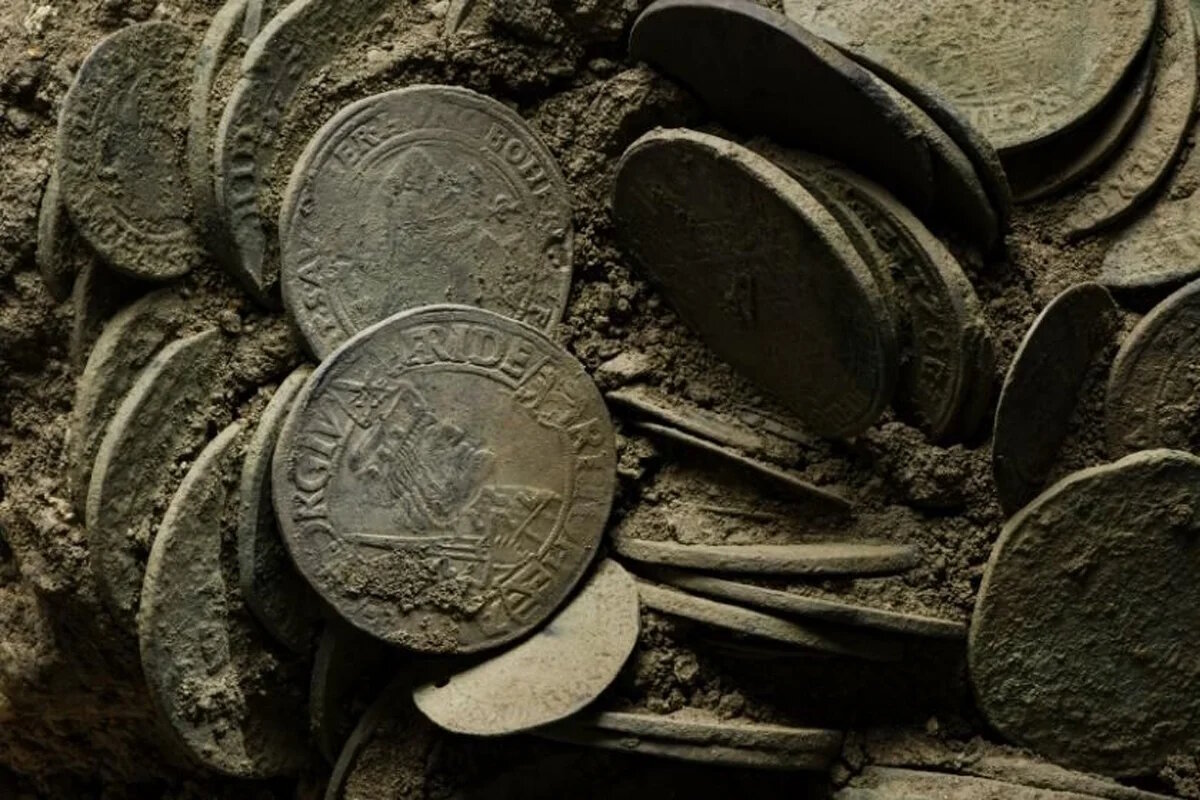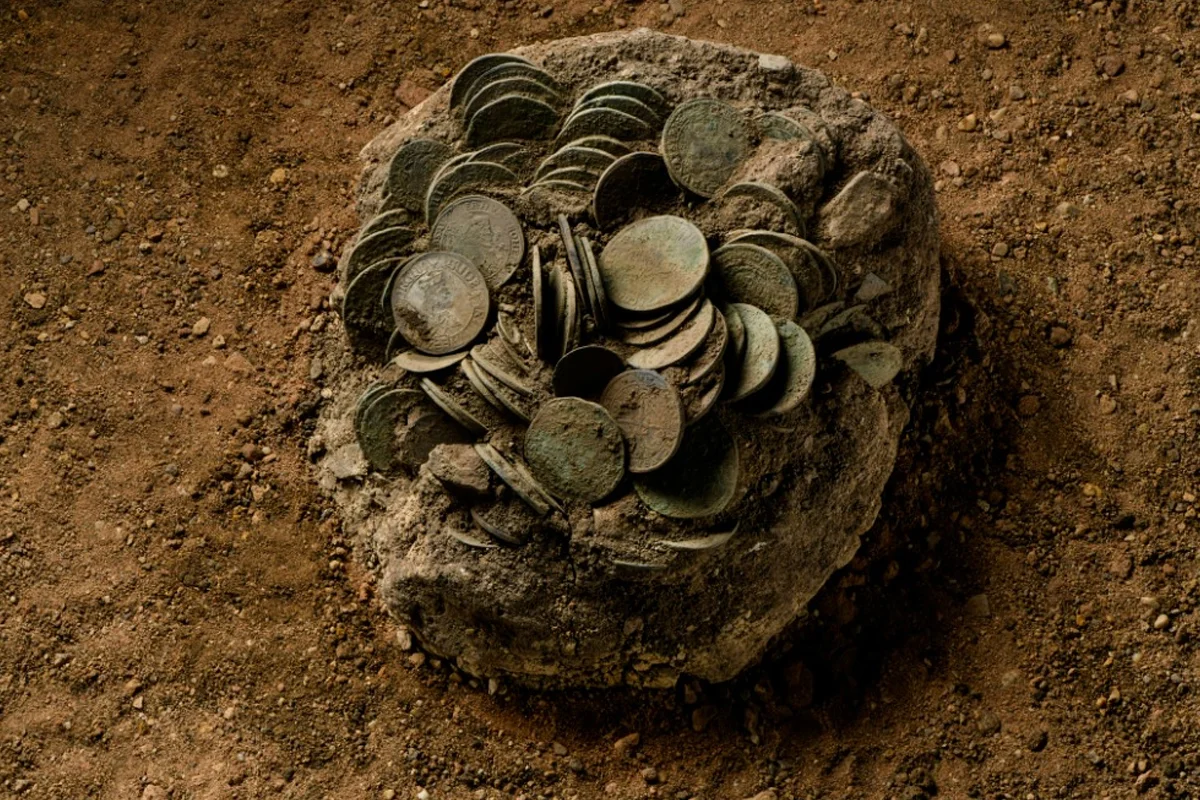Russian archaeologists made an amazing discovery in the Smolensk region: a treasure trove of 48 medieval silver coins, more than 600 years old, dating back to the early 15th century. This find, made during construction work on Soboleva Street, is the second treasure trove from the era of the Grand Duchy of Lithuania ever recorded in the city. Experts emphasise that this discovery is of great importance for Russian archaeology and for the study of medieval Eastern European trade.
The find was made during the laying of a new water pipeline. According to data from the Smolensk expedition of the Institute of Archaeology of the Russian Academy of Sciences, the treasure was deliberately hidden in the 1420s, a period of instability when Smolensk was located on the border between the Grand Duchy of Lithuania, the Grand Duchy of Moscow and the Golden Horde. At that time, Lithuania and Moscow were fighting over Smolensk, and hiding valuables in turbulent times was common practice.
Most of the 48 silver coins are Prague groschen, one of the most common currencies in medieval Europe. Minted after the monetary reform of King Wenceslaus II of Bohemia in 1300, the groschen quickly became a reliable international coin that circulated in Central and Eastern Europe until the 15th century.
Two particularly important coins were also discovered: a denarius of the Grand Duchy of Lithuania, minted during the reign of Vytautas the Great (1392–1430), and a Crimean dong, minted around 1420 by Khan Beg-Sufi of the Crimean Ulus of the Golden Horde. The presence of coins from three different traditions in one hoard indicates the intense trade and political ties that characterised the early 15th century.
Historians often refer to the groschen as the ‘dollar of the Middle Ages’ because it was accepted from the Baltic to the Balkans.
The most surprising item in the hoard is the Crimean dong, minted in the early 15th century by Khan Beg-Sufi. Its presence testifies to active trade contacts between the territories controlled by Lithuania and the Crimean ports.

Archaeologists believe that the treasure was buried during the instability of the 1420s, when Lithuania and Moscow were fighting over Smolensk.
Such finds help to understand Smolensk’s role as a centre of trade. They demonstrate the movement of wealth and the intersection of interests between Lithuania, Moscow and the steppe peoples, which determined the fate of the city in the 15th century. Archaeologists are confident that the excavations will yield many more interesting finds.

